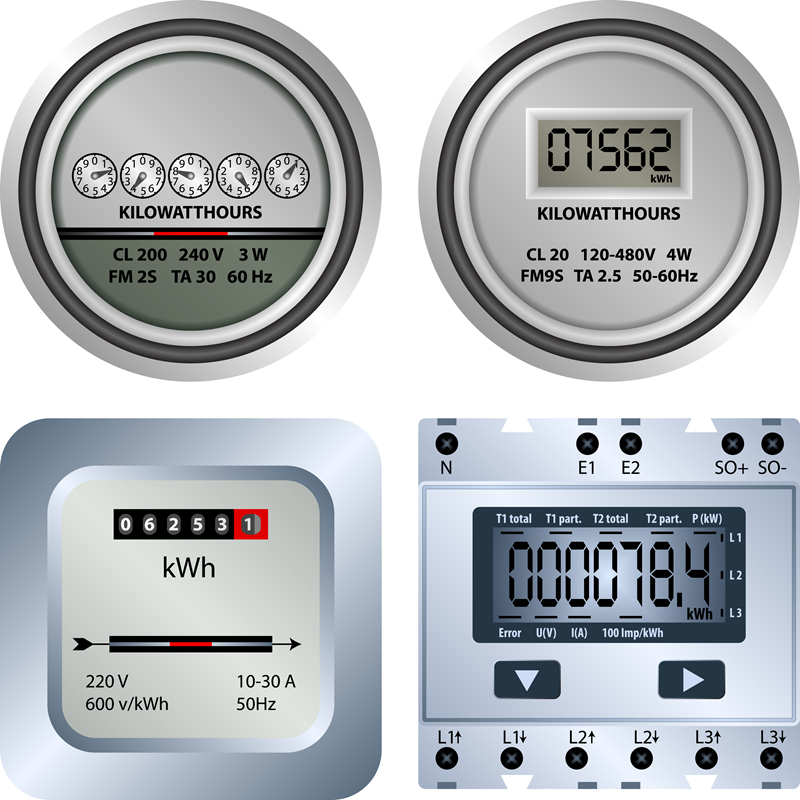In the realm of electrical engineering, the importance of accurate measurement cannot be overstated. One of the key components that facilitate precise current measurement is the current transformer (CT). This article delves into the role of current transformers in metering applications, exploring why they are used and the types of transformers that are typically employed for this purpose.
What is a Current Transformer?
A current transformer is a type of transformer that is designed to produce an output current that is proportional to the current flowing in its primary circuit. This allows for the safe measurement of high currents by converting them into lower, manageable levels that can be easily measured by standard metering devices. Current transformers are widely used in various applications, including power generation, transmission, and distribution systems.
Why is a Current Transformer Used in Metering?
1. Safety
One of the primary reasons for using current transformers in metering applications is safety. High voltage and current levels can pose significant risks to personnel and equipment. By using a current transformer, the high current is transformed into a lower, safer level that can be handled by standard measuring instruments. This ensures that technicians can safely monitor and manage electrical systems without the risk of electric shock or equipment damage.
2. Accuracy
Current transformers are designed to provide accurate measurements of current. They are calibrated to ensure that the output current is a precise fraction of the input current. This accuracy is crucial for metering applications, where even minor discrepancies can lead to significant financial losses or operational inefficiencies. By using a current transformer, utilities and businesses can ensure that their metering systems provide reliable data for billing and operational decisions.
3. Isolation
Current transformers also provide electrical isolation between the high-voltage system and the measuring instruments. This isolation is essential for protecting sensitive equipment from voltage spikes and other electrical disturbances. By isolating the measuring devices from the high-voltage circuit, current transformers help to enhance the longevity and reliability of metering systems.
4. Scalability
Current transformers are highly scalable, making them suitable for a wide range of applications. Whether measuring the current in a small residential system or a large industrial setup, current transformers can be designed to handle various current levels. This versatility allows for easy integration into existing systems, making them a popular choice for metering applications across different sectors.
5. Cost-Effectiveness
Using current transformers for metering can be a cost-effective solution. By allowing for the measurement of high currents without the need for expensive high-current measuring devices, current transformers reduce the overall cost of metering systems. Additionally, their durability and reliability mean that they require less frequent replacement, further contributing to cost savings over time.

What Transformer is Used for Metering?
While current transformers are the most common type of transformer used for metering, there are other types that may also be employed depending on the specific requirements of the application.
1. Potential Transformers (PTs)
In addition to current transformers, potential transformers (PTs) are often used in metering applications. PTs are designed to step down high voltages to lower, manageable levels for measurement. While current transformers focus on measuring current, potential transformers are essential for measuring voltage. Together, CTs and PTs provide a comprehensive metering solution for electrical systems.
2. Combined Instrument Transformers
In some cases, combined instrument transformers that integrate both current and potential transformers into a single unit are used. These devices simplify installation and reduce the amount of space required for metering equipment. They are particularly useful in applications where space is limited or where a streamlined metering solution is desired.
3. Smart Transformers
With the advent of smart grid technology, smart transformers are becoming increasingly popular for metering applications. These transformers not only measure current and voltage but also provide real-time data analytics and communication capabilities. This allows utilities to monitor their systems more effectively and make data-driven decisions to enhance efficiency and reliability.
Conclusion
Current transformers play a vital role in metering applications, providing safety, accuracy, isolation, scalability, and cost-effectiveness. Their ability to transform high currents into manageable levels makes them indispensable in various electrical systems. While current transformers are the primary choice for current measurement, potential transformers and combined instrument transformers also contribute to comprehensive metering solutions. As technology continues to evolve, the integration of smart transformers will further enhance the capabilities of metering systems, paving the way for more efficient and reliable electrical networks. Understanding the significance of current transformers in metering is essential for anyone involved in the electrical industry, as they are key to ensuring accurate and safe measurement of electrical currents.
Post time: Oct-28-2024

